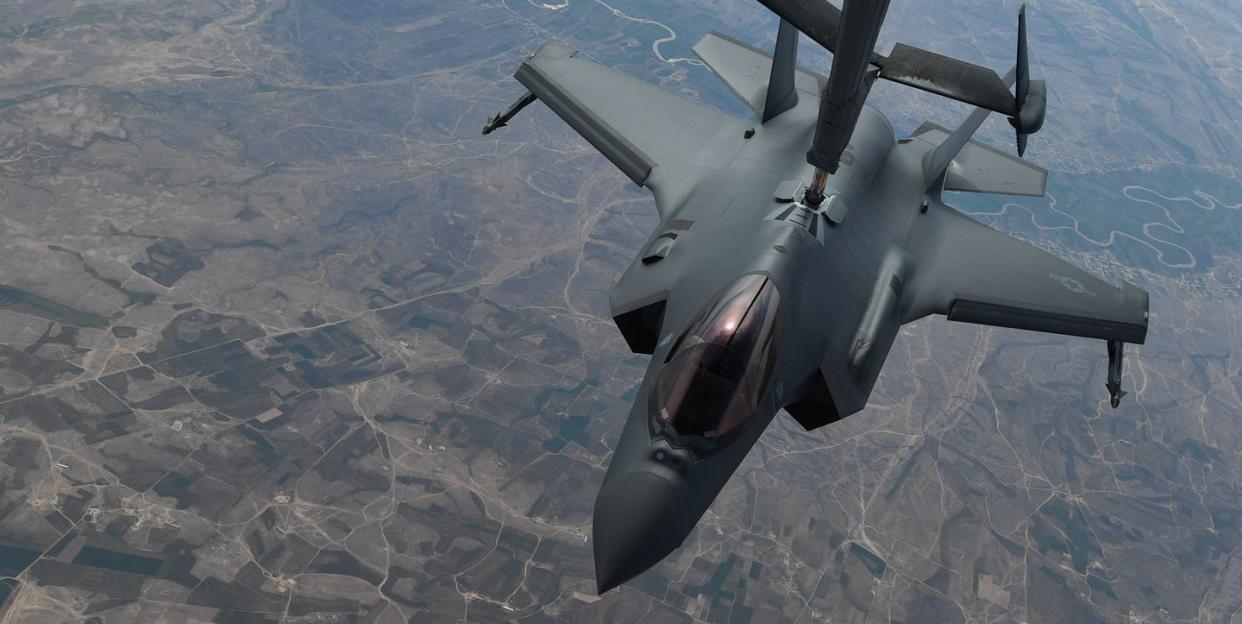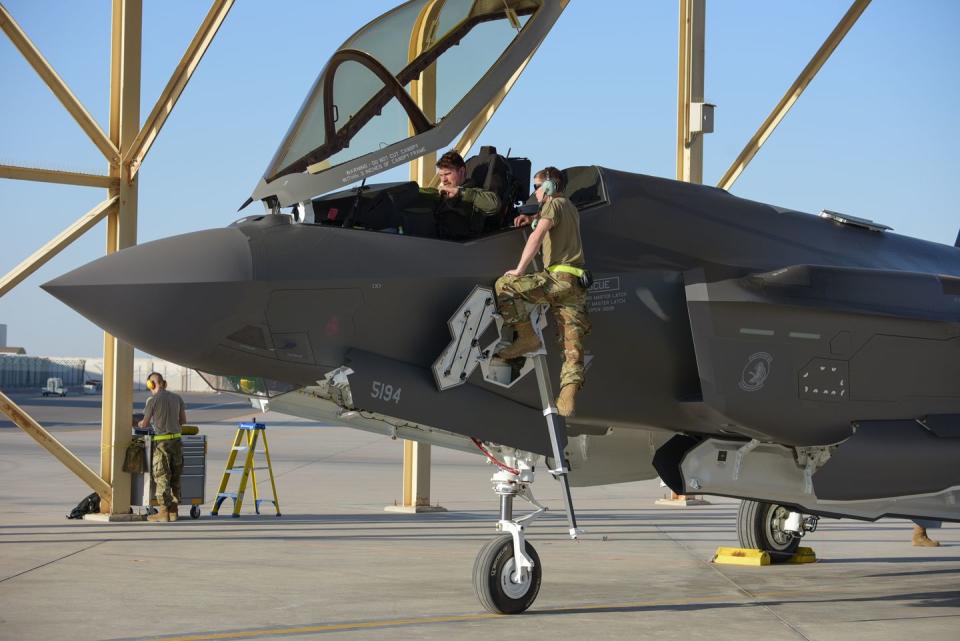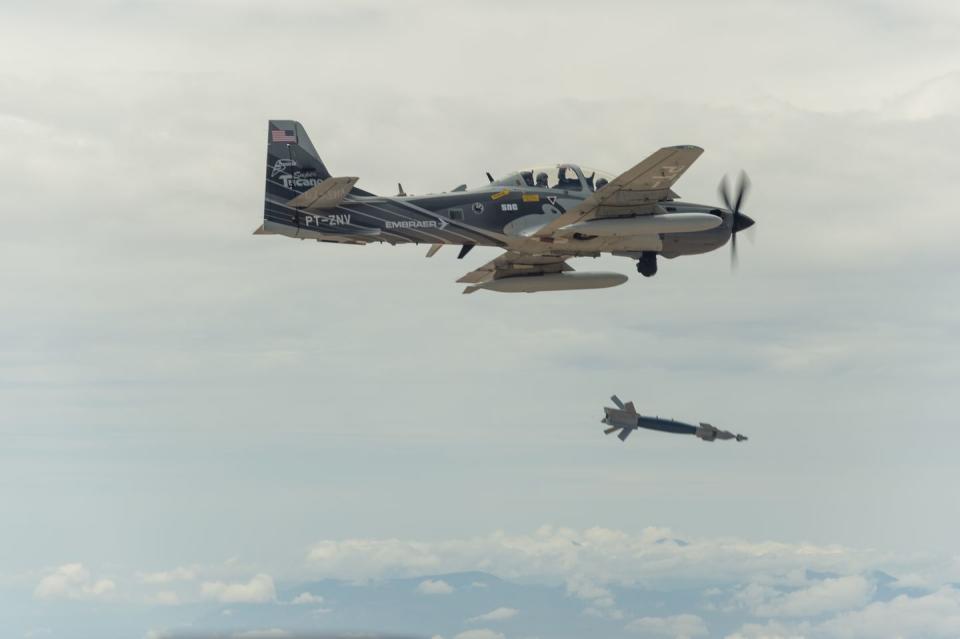The USAF’s F-35A Just Saw Combat for the First Time

The U.S. Air Force’s F-35A Joint Strike Fighter saw combat for the first time earlier this week, dropping a satellite-guided bomb on an Islamic State target in northeast Iraq. The mission was the first for the service’s variant of the F-35 since the jet was declared initial operations capable in August 2016.
According to U.S. Central Command, the target was an “entrenched tunnel network and a weapons cache” in Iraq’s Hamrin mountain range. Two F-35As dropped a Joint Directed Attack Munition on the target, described as a “location able to threaten friendly forces.” JDAMs are regular unguided “dumb” bombs fitted with a GPS-based guidance system and steerable tail fin kit. The pilot enters the GPS coordinates of the target into the JDAM and the guided munition will steer itself to the target. Military GPS is typically accurate to within 3 meters, making JDAMs extremely accurate.

The F-35A is the CTOL (conventional takeoff and landing) version of the F-35 flown by the U.S. Air Force. The F-35A is designed to replace the F-16 Fighting Falcon and A-10 Thunderbolt in USAF service and most of the F-35s purchased by U.S. allies are the -A version. The F-35A is the only version to sport an internal cannon, although that was apparently not used in yesterday’s attack.
The plane was not in any danger during the mission-Islamic State has few if any anti-aircraft weapons and has never shot down a single plane. Still, photos released by the Air Force reveal a curious detail: one F-35A that participated in the attack was equipped with a pair of AIM-9X Sidewinder short-range air-to-air missiles. The Islamic State has no fighter jets of its own but U.S. and NATO aircraft have had several run-ins with Russian aircraft supporting the Syrian regime in the region. Whether this indicates a need for F-35s in the region to deploy with the ability to protect themselves is unknown.

Task & Purpose, in its coverage of the event, asks an important question: “While the mission marks a milestone in the F-35's long development, it also begs the question: Why is the Air Force using its most sophisticated and expensive aircraft, which is designed to penetrate advanced Russian and Chinese air defense systems, to blow up a cave?”
The Air Force is considering purchasing the OA-X light attack aircraft, a cheaper to buy and cheaper to fly plane better suited for such low-threat missions, but the program has dragged on for years with no decision in sight.
('You Might Also Like',)

